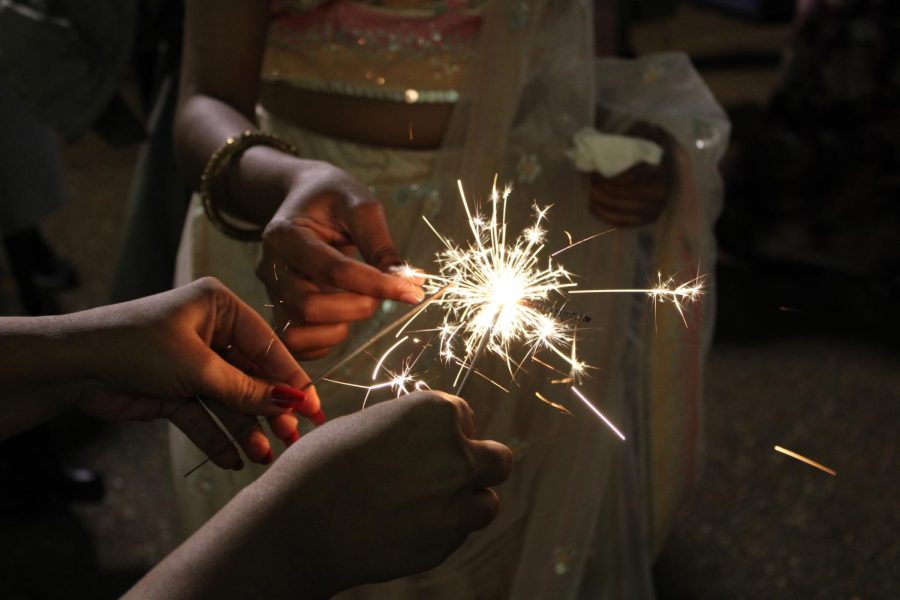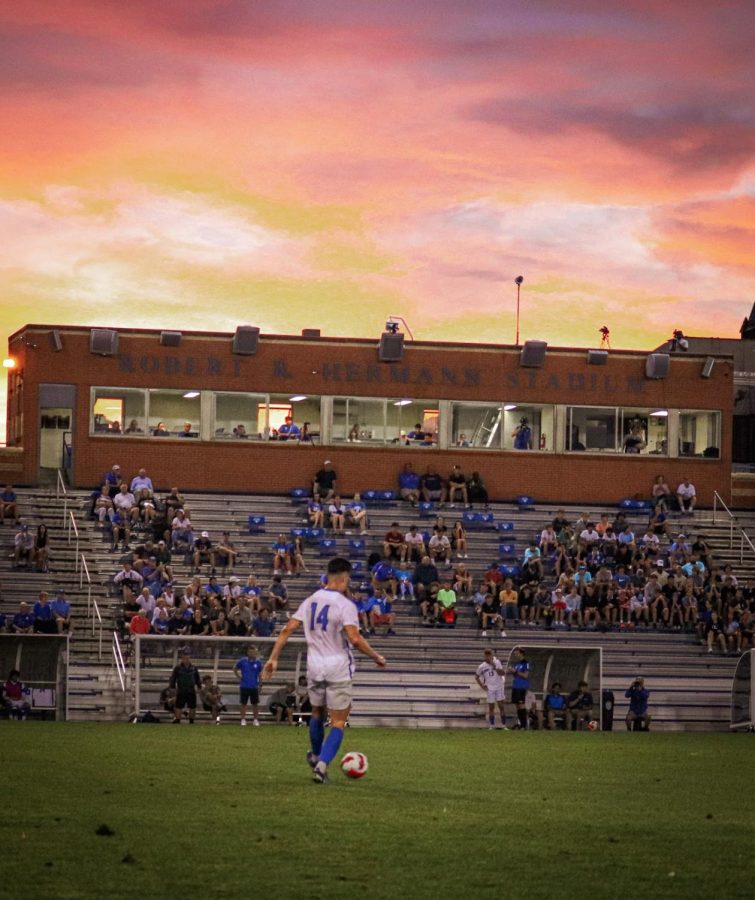Saint Louis University students and College Church parishioners sing his lyrics every Sunday. Nineteen thousand Catholic parishes and numerous Protestant churches throughout the United States and the world know his music, as it has been translated into a dozen languages, including Russian, Croation, Korean, Spanish, German and Finnish. Thirty years ago, director of the Center for Liturgy John Foley, S. J., sat within the walls of SLU’s Fusz Memorial Hall to write countless tunes churchgoers recognize, such as “One Bread, One Body,” “The Cry of the Poor” and “Come to the Water.” Foley’s classic songs were the product of a liturgical music movement, which he began on SLU’s campus with the help of four other men who, like Foley, were training for their priesthood. Eventually, these five men would be known as the St. Louis Jesuits. In the late 1960s, Fusz was used by Jesuits and Jesuits-in-training, Foley among them. He joined the SLU Jesuits to study theology and continued his training in the music of piano, bass and cello. Out of the five St. Louis Jesuits, Foley was the only trained musician; however, with his background, he was able to guide the others. Bob Dufford, S.J., Robert “Roc” O’Connor, S.J., Tim Manion and Dan Schutte each composed their own pieces as well, including “City of God,” “Be Not Afraid” and “Awake From Your Slumber.” Though these tunes are widely accepted today, the music of the St. Louis Jesuits was not ordinary for its time. Their upbeat songs were in English and not Latin, allowing churchgoers to sing and understand their faith through music for the first time. Liturgical music in the 1960s was a strange mixture of old and new. Vatican II’s Constitution on the Sacred Liturgy had paved the way for dramatic changes, allowing the use of the vernacular in liturgy and calling for the “full, conscious and active participation” of the people. With great enthusiasm, liturgy in the United States shifted almost overnight into English. Yet, appropriate music was not immediately available; choirs had to make do with translations of Latin chants and sometimes ill-fitting Protestant hymns. During this era, Foley started to share his music, which he had been composing since he was 5 years old, with other Jesuits. However, because Foley only received permission to practice on the piano in the College Church once a month, he found a new outlet for his musical talent. Frustrated with the arrangement, Foley asked his fellow novices to show him how to play some chords on the guitar. The move would prove providential–the Council soon after opened the door to the use of new instruments, including the guitar, in the liturgy. Over time, Foley became the point man for liturgy and was planning and playing music at all the masses at Fusz, which were gaining a reputation for great music. Eventually, Foley had no choice but to move the crowds to the College Church, by invitation of then paster, Robert Houlihan, S.J. In an interview with America magazine, Shutte said, “On Sunday, we would totally fill the church. They’d be spilling into the side chapels along the back and up into the choir loft – My last two years there we had to give out tickets for Easter triduum, because the fire department was upset and had to put limits on how many people we could have in there.” The St. Louis Jesuits were intrigued not only by the turnout but also by the overwhelming response for copies of the hymns. Previously, Foley had been approached by a small liturgical publisher, North American Liturgy Resources, and he had been hesitant to commit. “Perhaps it was excessive naA_vete, but we just wanted to have something to give out,” said Foley. But this time, the year was 1973, and many of the men involved were completing their studies and would soon move to new places and apostolic assignments. They eventually agreed. Neither Silver Nor Gold was released in 1974 as a four-album set holding 60 pieces of music. Many of the songs on their first album were recorded in a church basement or someone’s dorm room. On some songs, you can hear a refrigerator door clicking shut in the background when the room’s occupants go for a drink. “We weren’t trying to be Sting or the Beatles. We were just trying to write music people could pray with,” explained Foley. As their careers moved forward, the St. Louis Jesuits did not tour; however, they did write new songs and recorded more professionally, releasing the album Earthen Vessels, which contained the tunes “Be Not Afraid” and “Though the Mountains May Fall.” The group stopped their collaboration in 1983 but recently released their reunion album entitled Morning Light. In an interview with Universitas, O’Connor said, “I think of our reunion album as an act of hope. When we began, there was a youth exuberance and enthusiasm about the Church and liturgy and music. It’s different today. The Church is in a state of flux, and people in the culture have come to question their faith. We wrote our compositions to offer hope and inspire people.” On Feb. 25, the St. Louis Jesuits are inviting the public to pray with them again. Foley, along with Schutte, Dufford and O’Connor, will perform their internationally acclaimed liturgical music at the College Church. Tickets are still on sale in the College Church office.







